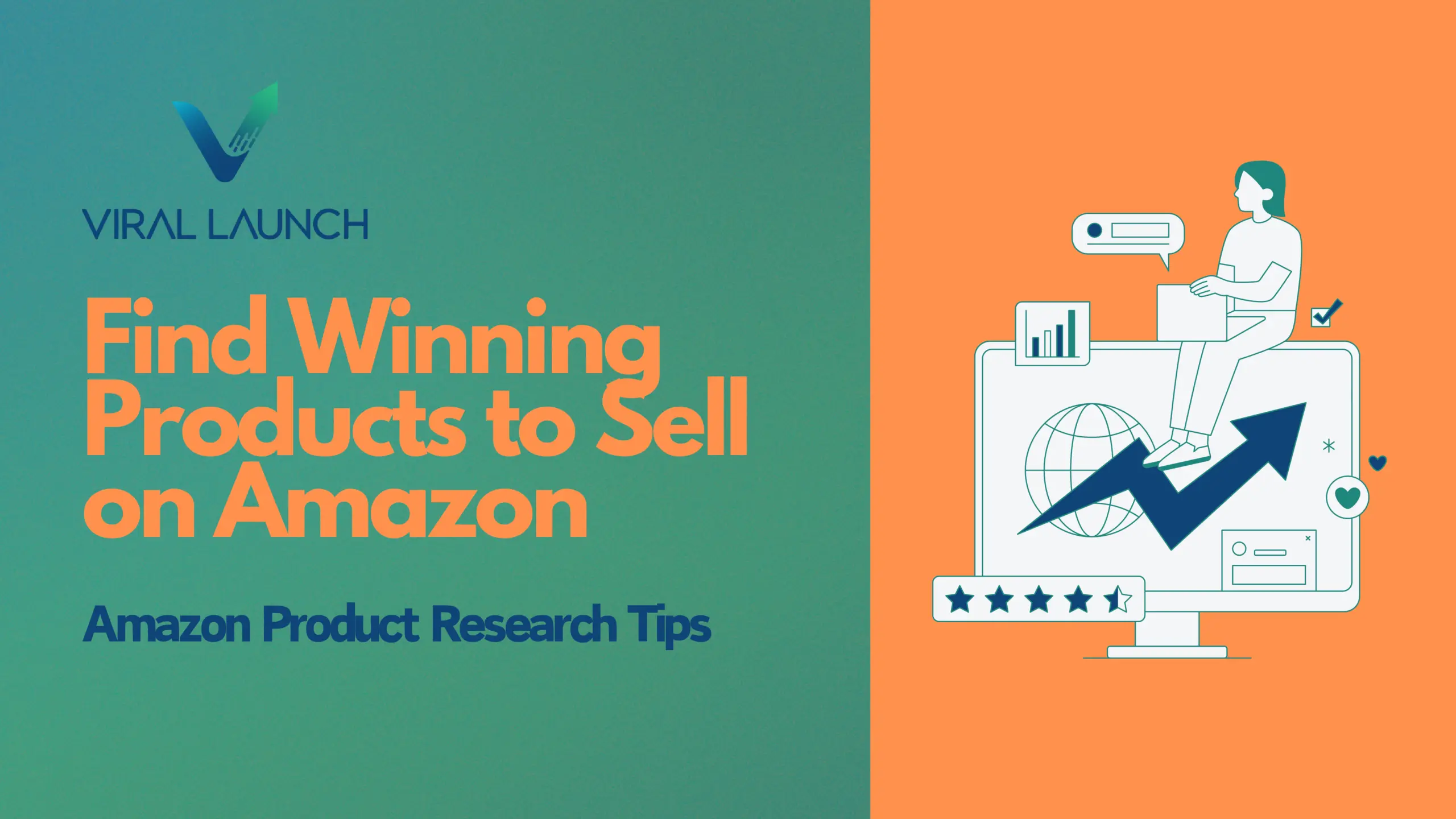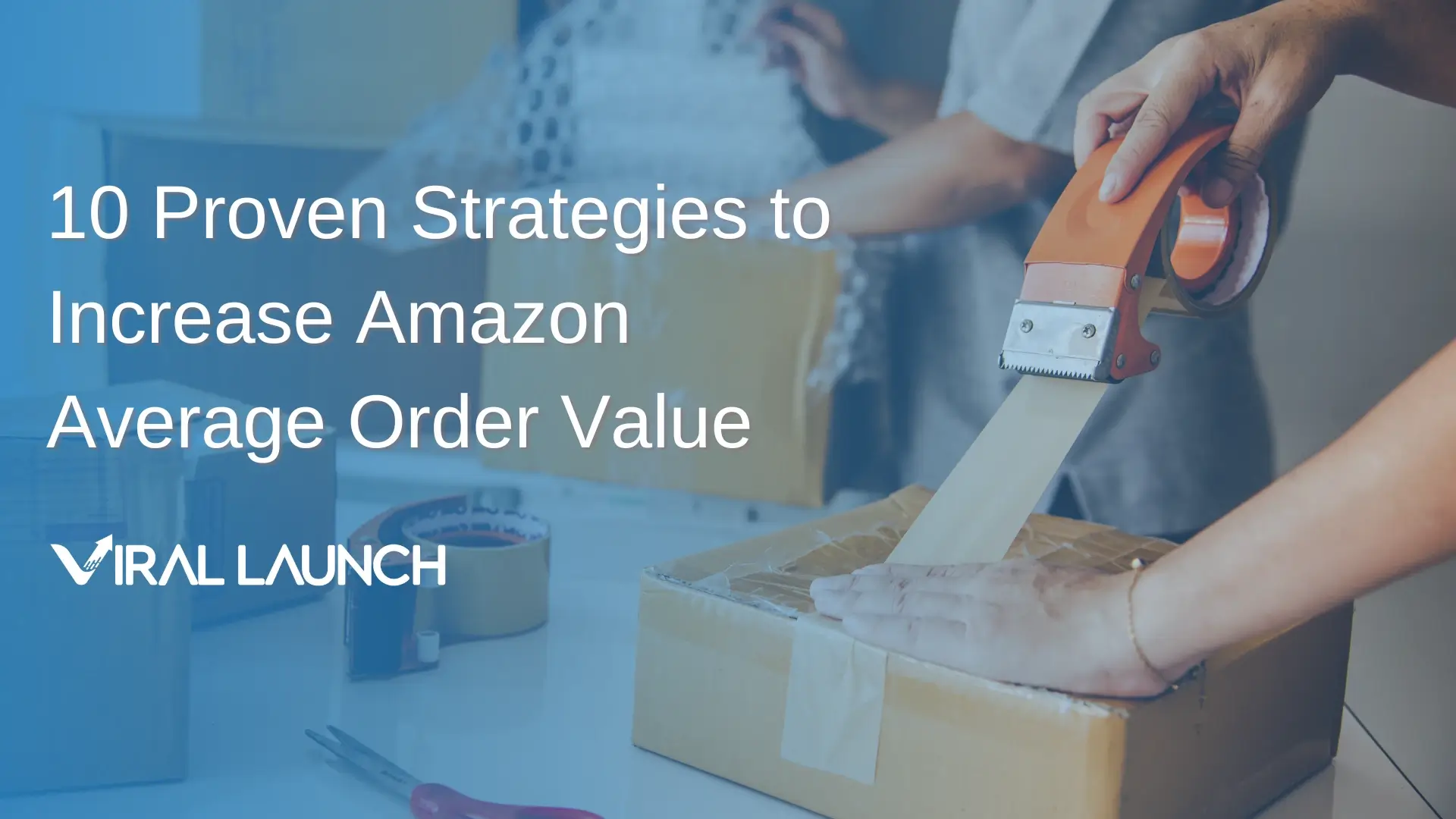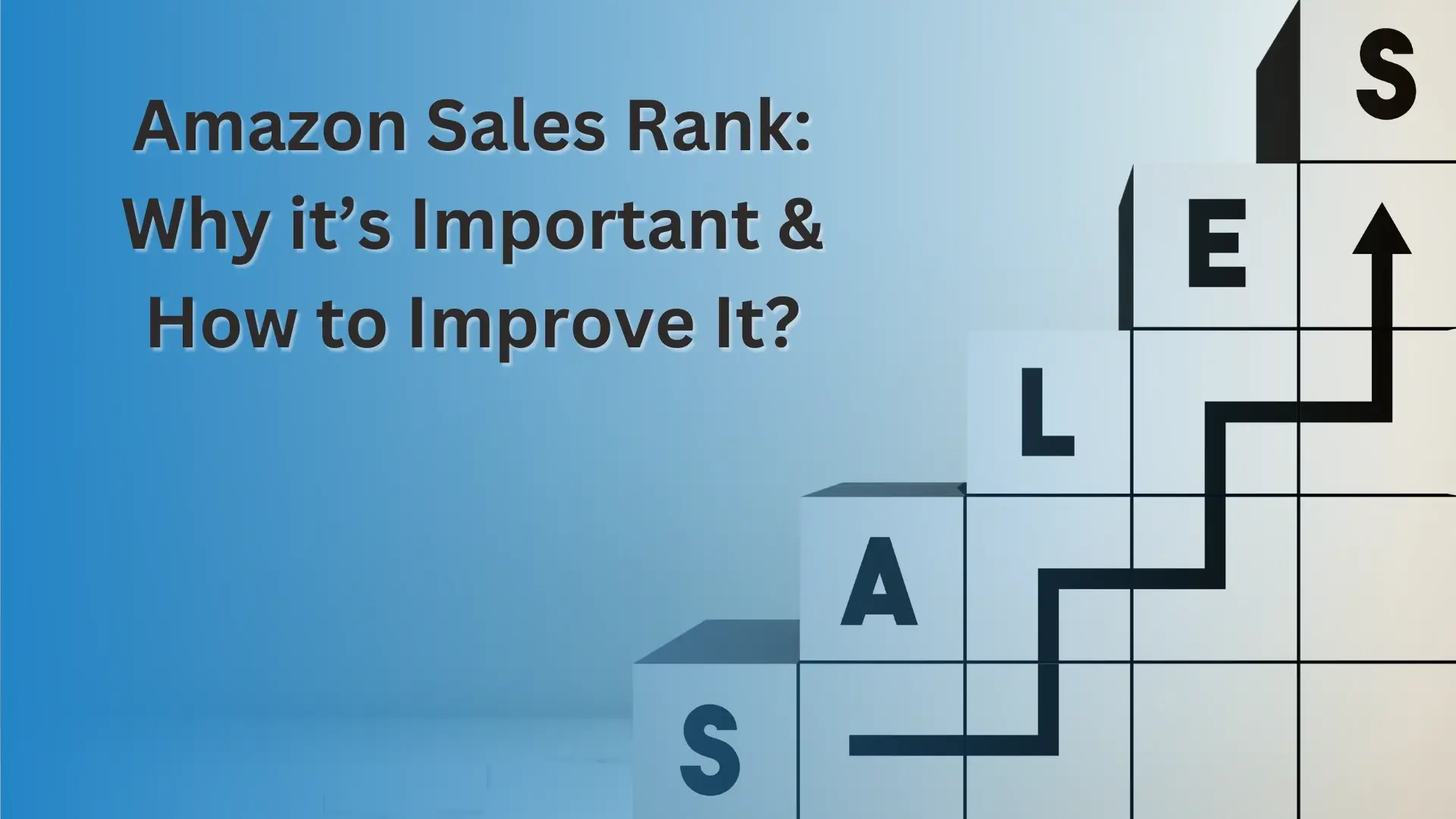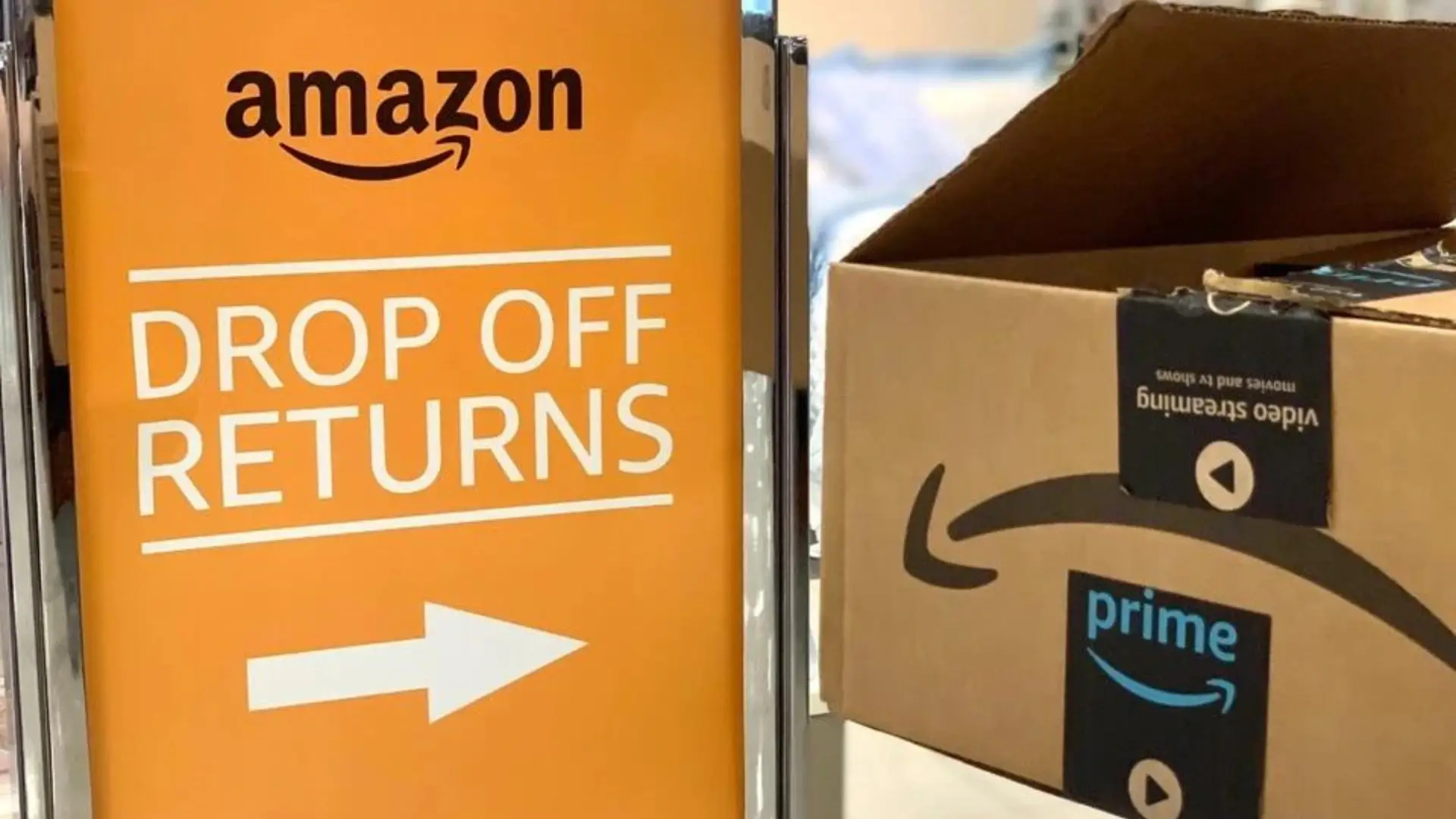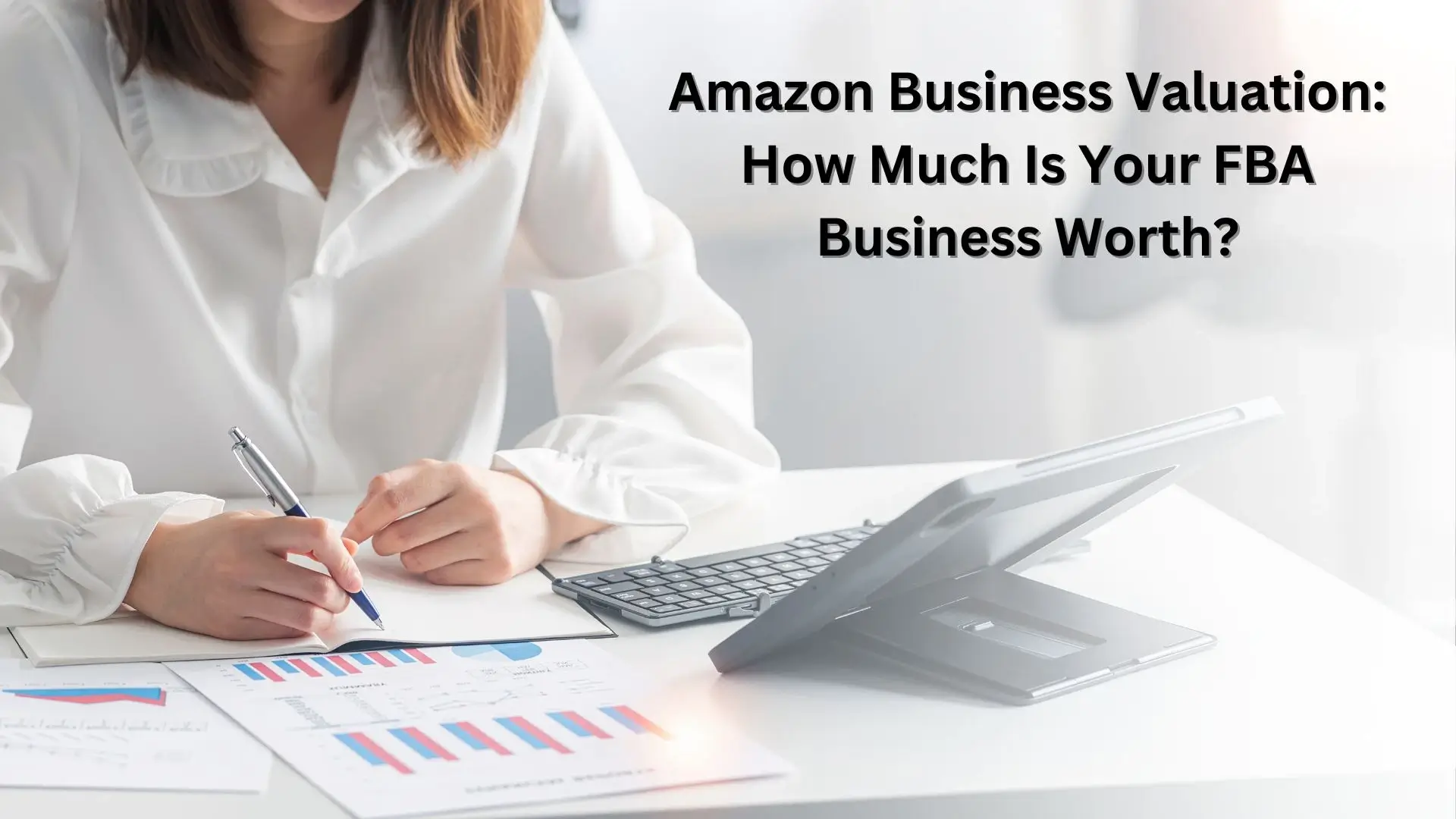When starting your Amazon FBA business you’re taking a risk. One false move could cost you precious time and money or worse. A mistake when looking for what to sell on Amazon FBA could send your business crashing down before it even begins. The Amazon ecosystem can be confusing to navigate, but by arming yourself with plenty of information, you can maximize your chances for success.
So if you’re a newer Amazon FBA seller, you’re in luck. We’ve compiled a list of the most common mistakes to avoid when starting your FBA journey. Most of these are centered on the Private Label selling experience since over half of Amazon FBA sellers have one or more Private Label products.
#1 – Following the wrong resources
It’s extremely easy—maybe a little too easy—to find courses, gurus or service providers that give out or sell lists of the “best products to sell on Amazon.” If you see someone selling or giving out “hot product ideas,” run away.
There’s a huge market for courses, gurus, and consulting services centered around the Amazon FBA seller journey. And it’s not hard to see why. Amazon can be confusing, to say the least, and people want to be told how to be successful. The problem is, when everyone takes the same advice, especially when it comes to products, it can lead to oversaturated markets. That means it can be exceptionally hard to generate visibility and drive sales. A market can be great, but if a few hundred sellers all source that same product, the supply can overtake the demand, leaving you with high competition and a bunch of inventory that’s too hard to sell.
#2 – Following trend markets
Just like you ran from the gurus and best product lists, do the same for trendy markets. Chasing trends can be extremely risky, especially as a newer seller. They’re only really profitable for those who are really, really early to the party.
For an example of this, look no further than 2017’s fidget spinner:
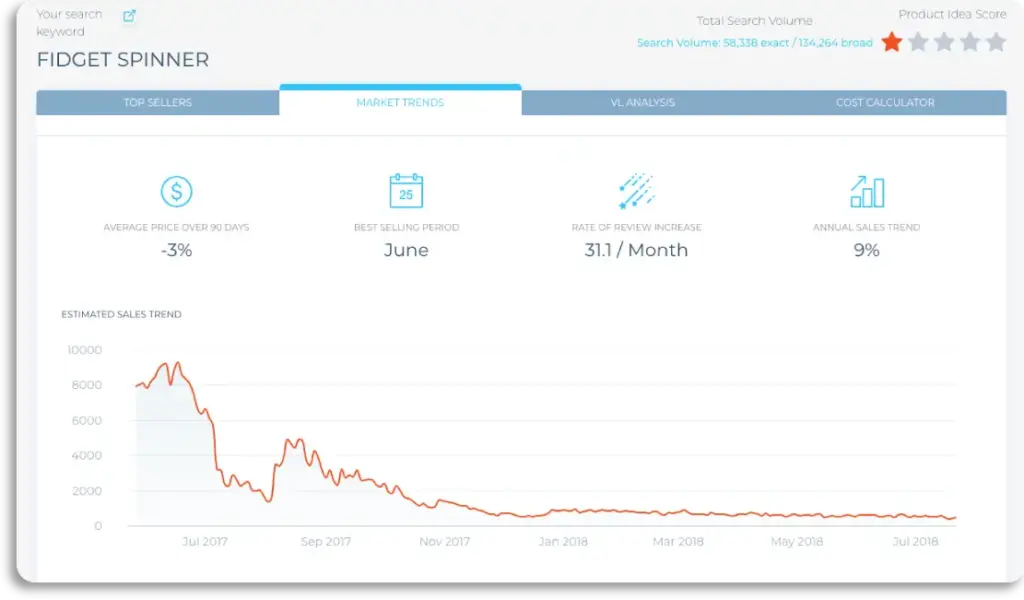

In late 2017, the fidget spinner made some early sellers a lot of money. But as more people hopped on the bandwagon, demand crashed, and a lot of money was lost. Think of it this way, if a product is trending on social media or TV, you’re probably too late to the party. Even if a market looks amazing, with tons of sellers moving thousands of units with low review quantities, you probably won’t have enough time to capitalize on it. On the short end, it’s going to take you two months to get your product to the market. And by that time, public hype will have started to die down.
If you do hop into a market that quickly becomes saturated, many sellers find themselves in pricing wars with their competitors, limiting their profit margins. This could lead you to sell below cost and lose money.
The people that profit from a trend market either get extremely lucky with timing or they have a low cost (meaning they are a manufacturer) or a ton of capital to pour into a product to drive and hold ranking. Everyone else will likely end up taking a financial hit.
#3 – Not thoroughly researching restrictions/barriers for your desired market
There are quite a few categories on Amazon that have a required approval process to begin selling. For these categories, you may need to submit formal documentation and invoicing. You may also have to pay an upfront fee to be permitted to sell in the category. This can be disastrous for new sellers hoping to hop into a category quickly and start selling. Make sure you have taken the time to understand categories that require this upfront work by checking out Amazon’s approval process. Additionally, there are also specific products that have different restrictive barriers.
#4 – Sourcing low-quality products
If you are planning on selling a private label product, make sure it’s high quality. Sourcing a low-quality product can doom your Amazon venture from the start. Reviews are extremely hard to generate on Amazon, and a few negative reviews early on can sink a listing in a flash. Take the time to order samples and analyze durability, functionality, and overall quality to address any concerns that could drive complaints from buyers. Also, take the time to read through negative reviews from your competition and see if there are any issues that you can improve on. You may even want to purchase a few of your competitor’s products to compare to your samples as a quality check.
Check out our guide to sourcing a great product.
#5 – Sourcing an expensive product (for that market)
Another thing to be aware of is all the hidden costs of starting a private label business. Until you actually get started with the selling process, it can be difficult to understand all the costs associated with an FBA business. Between shipping, sourcing, Amazon fees, PPC, promotions, listing creation and more, there’s a lot of costs to be aware of before you jump in. At Viral Launch, we actually have a free tool that can help you calculate initial cost estimates. Amazon also has some great resources about referral fees by category and shipping tiers you should check out before getting started.
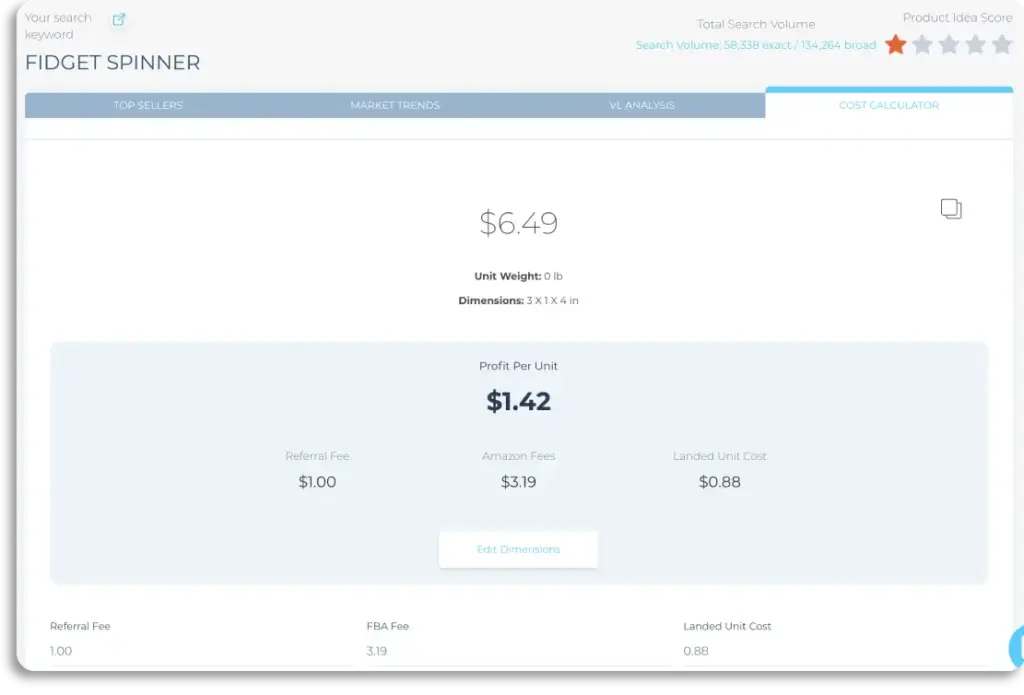
While it’s extremely important to have a high-quality product, if you cannot match or beat the majority of your competition on price, it’s probably not advantageous to enter the market. We recommend being sure you can break even by selling at a lower price than everyone on page one. This isn’t absolutely necessary, but it will afford you some flexibility to adjust pricing with fluctuations in the market.
Keep in mind that while quality is important, it is extremely hard to sell a higher priced item based on quality on Amazon. You’re allowed limited space for copy and images and shoppers are typically looking for low prices.
#6 – Selling a product you’re passionate about
This one might surprise people. It might make sense to some to sell a product you’re knowledgeable or passionate about, but it can often do more harm than good. Sourcing a product you’re passionate about can cloud your judgment, lead to mistakes in pricing and make it harder to bail out if a product just isn’t selling. While it’s not wrong to sell something you’re passionate about, it can cause you to react emotionally rather than logically. So just remember to focus on the bottom line.
Check out the video below for the 12 most common amazon FBA mistakes to Avoid and don’t forget to like, comment and subscribe:
#7 – Not inspecting a product
This is another note for private label sellers and it goes hand in hand with sourcing a low-quality product mistake. It’s important to ensure the product that comes off the manufacturing line and to your customers is in good shape and quality. Many sellers hire an inspection agency that will go in and observe the manufacturing process to check out inventory and monitor any defects or flaws. This step can save you significant time and money in the long run because you’ll catch mistakes before the inventory is sent to the United States or Amazon.
#8 – Sourcing a patented product
When looking for private label products to source from a manufacturer, it’s important to consider patents. In some cases, sellers will have a product manufactured that’s actually under a patent. Most likely, manufacturers you’re buying from won’t know the product is patented and will try it to sell to anyone who will buy it. However, that doesn’t mean it’s legal. Imagine investing a bunch of capital in product inventory only to get a cease and desist or lawsuit from the patent holder.
#9 – Not putting enough effort into building your listing (including photos)
If you’re a private label seller, you own the product listing. That means you have to set it up. You’ve put a lot of effort into finding and sourcing your next great product. It would only make sense to put the same amount of effort into creating your listing, right? Unfortunately, many Amazon FBA sellers don’t subscribe to that notion. Between your photos, title, bullets, and product description you don’t have much space to capture a customer’s attention and explain what your product is and does. That’s why it’s so important to use the limited space you have to its full advantage.
Effective listing copy accomplishes two goals. It provides persuasive sales copy while also helping you to index for valuable keywords. Before launching a listing, make sure to do extensive keyword research. Find the most relevant keywords for your product and make sure they’re in your listing, most importantly in the title and bullets. And, make sure you’re writing engaging and accurate copy for your product. If you’re not comfortable writing your own copy, check out the listing optimization tools from Viral Launch.
As for Amazon product photography, many sellers think a smartphone photo and a few clicks in Photoshop will do the trick, but they’re mistaken. Professional photography can play a huge role in whether or not a product fails on Amazon. Because Amazon is such a crowded marketplace and you have limited space to sell customers on your product, including high-quality photos can truly make a difference in sales.
Check out our podcast where we share 5 essential tips for product photography.
#10 – Violating Terms of Service (with reviews or by attacking competition)
There are a lot of companies that pitch different “black hat” (against Terms of Service) strategies. Most of these are centered around generating reviews. While these strategies may seem tempting, Amazon heavily polices review generation. If you get caught paying for (or otherwise incentivizing) reviews, you’re putting your selling privileges at risk. Engaging in review manipulation tactics is common on Amazon, and many sellers get away with it initially, but Amazon has been seriously cracking down on review fraud and the impact can be extremely detrimental to your business.
#11 – Not monitoring your listing or data
For private label sellers, your product listing is sort of like a living, breathing organism. There are ups and downs and changes from day-to-day. Far too many private label sellers throw their listing up and think they’re done. It’s important to continue monitoring your listing to collect data and see how it’s working. You should also keep track of how competitor listings are doing and the category as a whole. Make sure to monitor your ranking for important keywords and ad campaign data as well, using those insights to develop a long-term strategy. Getting your listing up is only half the battle. Tweaking and optimizing based on feedback is the other half.
#12 – Putting your product into the wrong category
As a private label seller, one part of setting up a product listing is deciding what category your product will be listed in. During this step, it’s important to place your product in the proper category. Some sellers try to categorize their product in a lower competition market as a way to earn the Best Seller Badge. However, many searches filter to a specific subcategory, so incorrectly categorizing your product could filter you out of crucial search results.
Sellers can look up their product in Seller Central to determine potential categories, just make sure your product is relevant to the one you choose. If my first aid kit, for example, is not for survival or tactical purposes, there are several options below I would want to avoid in terms of category choice. More than likely, I would want to be in generic first aid kits under Health and Personal Care:
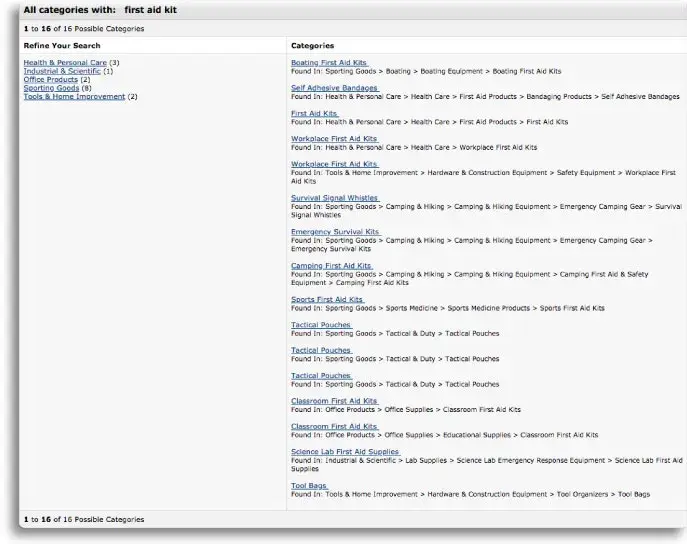

Learning from Your Mistakes as an Amazon FBA Seller
This is the part where I wish we could tell you a magical secret that would make you wildly successful with your Amazon FBA business and richer than you could have ever dreamed. But on Amazon—and in life—these magic shortcuts just don’t exist. The only way to maximize your chances for success as an Amazon FBA seller is through hard work, data leveraging, and constant research and education.
It’s also safe to say that you’ll make some mistakes. The hope is, however, that those mistakes are minor and few and far between. But, when you do make mistakes it’s important to learn from them. Hopefully, this blog has helped open your eyes to things you’ll want to keep in mind and help you from making a big mistake that could doom your FBA business.
Here at Viral Launch, we’d love to be your resource for all things Amazon. To hear more from us, we encourage you to subscribe to our blog, check out our Youtube channel and listen to our podcast, The Seller’s Edge.
Best of luck on your Amazon FBA seller journey!


